
As you approach Corsica from the sea, you’ll be greeted by the iconic silhouettes of the Genoese towers, standing as silent sentinels along the coastline. These remarkable structures are not just architectural marvels but also poignant reminders of the island’s tumultuous past. Erected during the Genoese rule to protect local inhabitants from ruthless Barbary pirate raids, they once served as vital lookout and defence posts.
Today, these weathered stone guardians offer visitors a captivating glimpse into Corsica’s history, with each tower revealing a unique story of resilience and ingenuity.
This page contains affiliate links meaning I get a commission if you decide to make a purchase through my links, at no extra cost to you. Click here to learn more.
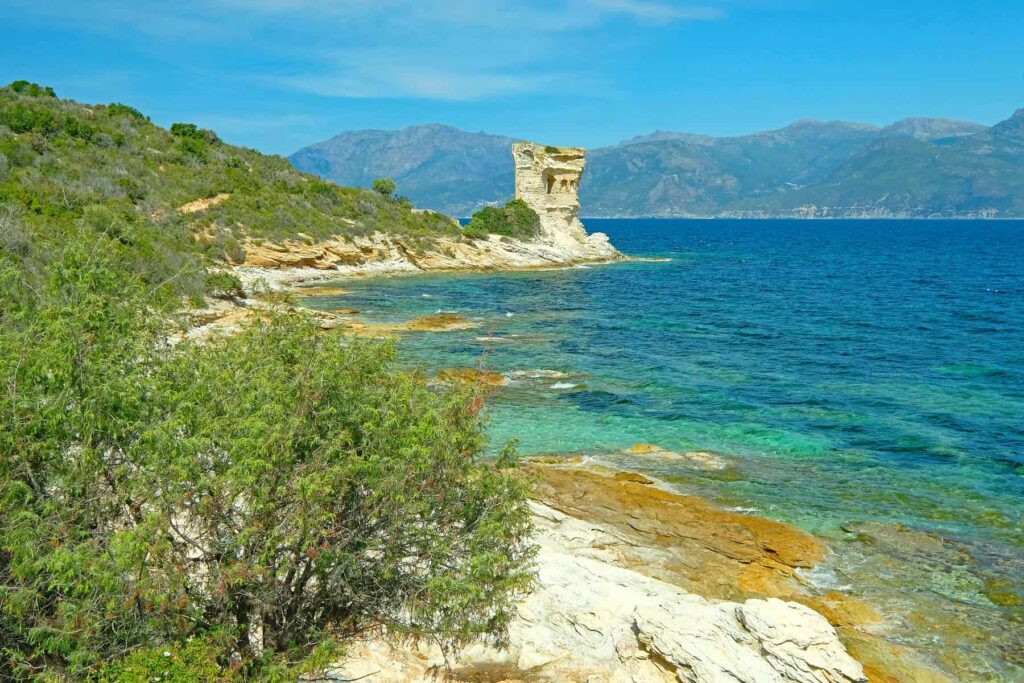
HISTORIC BACKGROUND
Corsica’s Genoese towers, constructed between 1530 and 1620, were a response to the growing threat of Barbary pirate attacks in the Mediterranean. As the Ottoman Turks expanded their control, becoming the region’s dominant maritime power, coastal villages in Corsica faced recurrent raids that resulted in the death and enslavement of the area’s inhabitants.
The Republic of Genoa, which had controlled Corsica for nearly 500 years, from 1284 to 1768, initiated a tower-building project to defend the island. These resilient structures were erected in strategic positions along the littoral, forming a network of fortifications that encircled Corsica’s territory. Funds needed to cover the construction costs came from local taxes and the Bank of Saint George, a prominent financial institution that managed Genoa’s public debt and administered overseas lands.
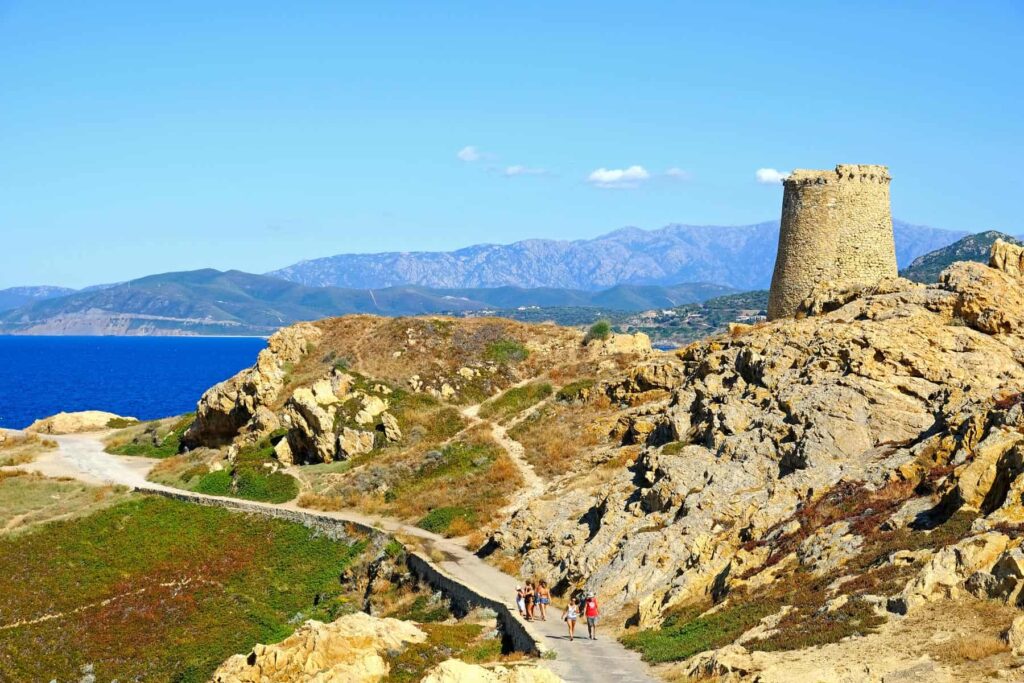
CONSTRUCTION OF TOWERS
Construction began after a decision in 1531 to build 90 coastal towers, including 32 in Cap Corse. Work started shortly thereafter under the supervision of Genoese representatives Sebastiano Doria and Pietro Filippo Grimaldi Podio.
By 1730, Corsica boasted over 100 fortresses, but the building program was eventually abandoned due to Genoa’s financial difficulties, administrative issues, and a growing inability to defend the island successfully. When Pasquale Paoli was elected President of the independent Corsican Republic in 1755, only 22 towers remained operational, with many destroyed or suffering structural damage.
Today, 67 torri maintain wardenship of the island’s shores, with the majority dotting the littoral in the northern Haute-Corse department. Despite ongoing restoration efforts, the preservation of these majestic structures, often classified as historic monuments, remains a challenge. Although many towers have been restored to their former glory, others continue to deteriorate due to a lack of maintenance and financial resources.
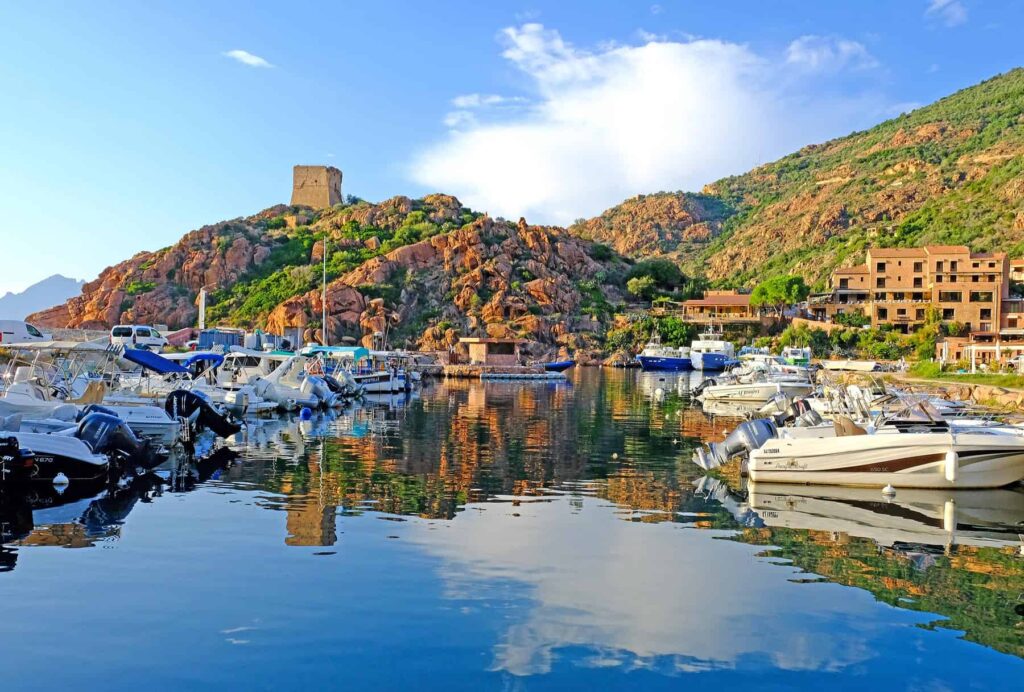
FUNCTION OF GENOESE TOWERS
The Genoese towers in Corsica played a crucial role in safeguarding the lives and livelihoods of the local population. Their primary functions included:
- Coastal defence of villages and ports from pirate attacks
- Alerting nearby communities of approaching enemy ships
- Communicating with other lookout posts on the coast using fires and smoke signals, or the sound of a large conch
- Navigation aid for sailors
- Monitoring of maritime trade and tax enforcement
- Sheltering local inhabitants in times of danger
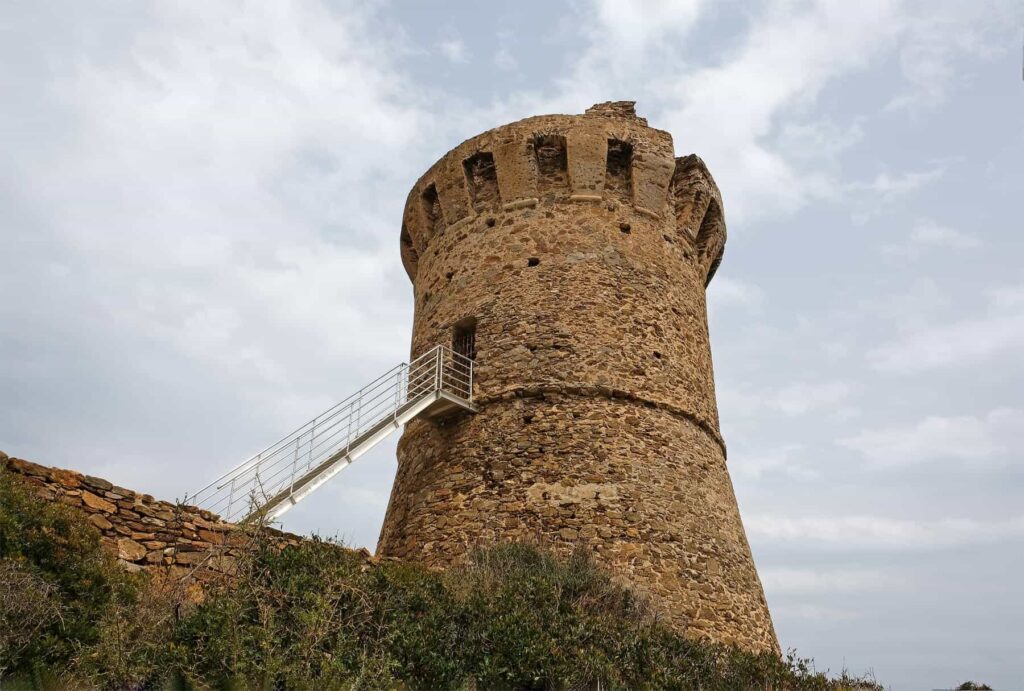
TOWER DESIGN
Architecturally, most towers follow a circular design, rising about 12-17 meters high with a 10-meter base diameter. Their two-level structure housed a ground-floor cistern for rainwater collection and upper-level living quarters. The restroom was equipped with a fireplace, niches in the walls, and accommodation for 1-4 men. The tallest fortresses included a second vaulted room. The top level consisted of a surveillance terrace with machicolations.
Defensive features include thick walls and a removable wooden ladder for access, all designed to withstand sieges and protect torri’s small garrison.
While most towers in Corsica were circular, some (such as Torra di Portu) were built with a square design. The stone used for construction varied based on local geology, with schist stone in Cap Corse and granite in the south.
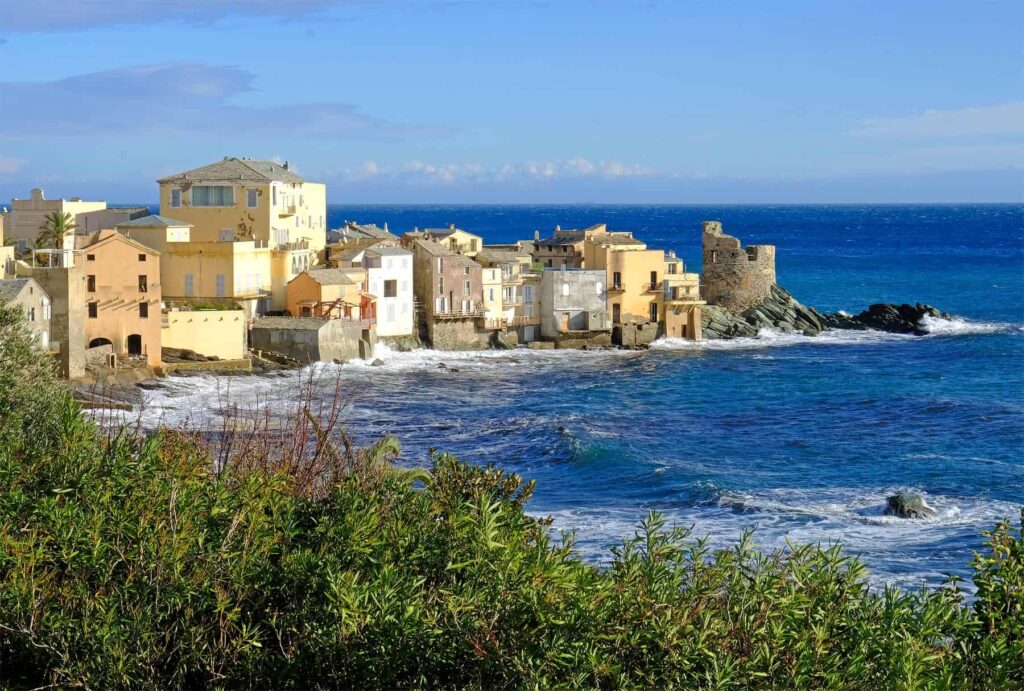
THE TORREGIANI – TOWER GUARDIANS
The torregiani, brave wardens presiding in towers dotting the coast, played a vital role in protecting the Corsicans from recurrent pirate attacks. Garrisons usually consisted of 2-4 men recruited from local inhabitants. They permanently lived in their lookout posts and were only allowed two-day absences to collect supplies and pay.
Their duties included continuous surveillance, communicating with nearby towers using fire signalling, alerting of approaching ships and warning sailors, shepherds and farmers about other hazards and challenging conditions.
In the event of an emergency, the torregiani would relay signals to the two nearest visible towers, initiating a chain reaction that could spread the alarm across the entire island in a matter of hours.
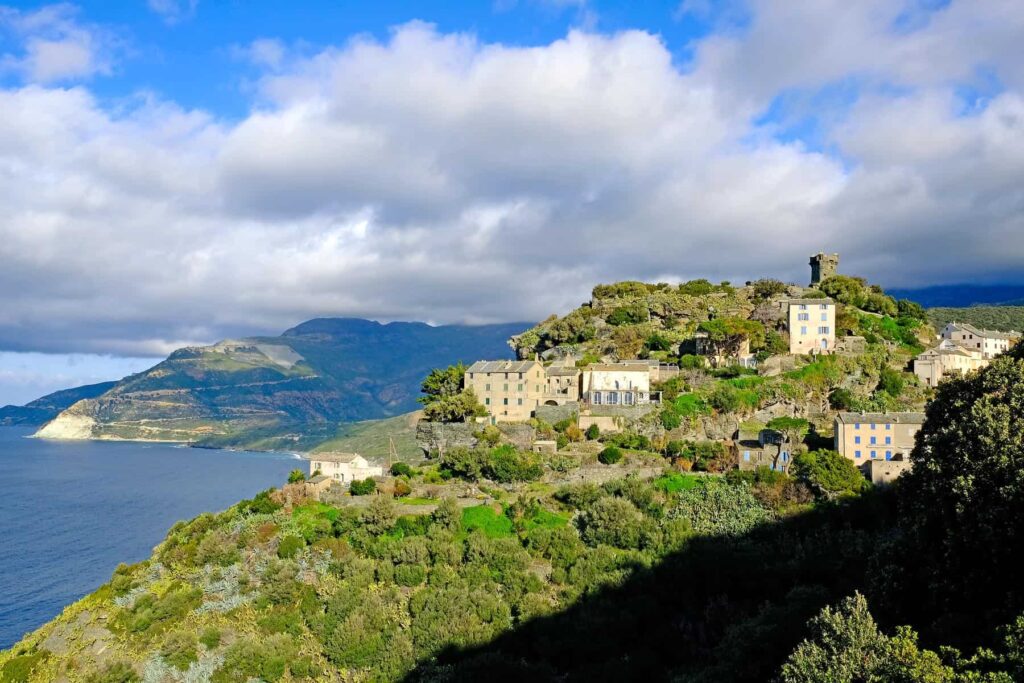
GENOESE TOWERS IN THE PRESENT DAY
Today, these stoic towers have found a new purpose. Restoration efforts have breathed life into many, transforming them into museums, viewpoints, and symbols of Corsican heritage. They’ve even inspired similar structures abroad – the British Martello towers owe their design to the round fortress at Mortella Point on Desert des Agriates.
Numerous structures remain accessible to tourists, while those in poor condition may be fenced off due to the risk of collapse. Even if you can’t approach the edifice, you will be captivated by its architectural charm and unique features.
Rising from well-exposed strategic points on the Corsican coast, they also offer breathtaking vistas of the Mediterranean Sea and surrounding landscapes. At sunset, the towers’ emblematic silhouettes marking the island’s pristine coast provide excellent photo opportunities.

THE MOST FAMOUS GENOESE TOWER
Built in the mid-16th century, the square Porto Tower, located in the gulf bearing its name, stands on a rocky spur 45 meters high. It offers an exceptional panoramic view of the iconic bay enclosed by Scandola and Calanches de Piana. Inside, it houses a small museum where, for a modest fee, you may view a permanent exhibition on the history and role of Corsica’s historic defence network.

THE LARGEST GENOESE TOWER
The Campomoro Tower, known as Torra di Campomoru, located in Belvédère-Campomoro, on Corsica’s west coast, is the largest and most impressive of all insular fortresses. Built between 1585 and 1586, it boasts 15 meters in diameter, crowning a rocky outcrop 78 meters above sea level. The tower may be accessed via a short walk from the village. Within its stony walls, you may view an exhibition focused on Corsica’s past events from the Genoese period, while outside, you will be exposed to sublime vistas of the rocky seascape.
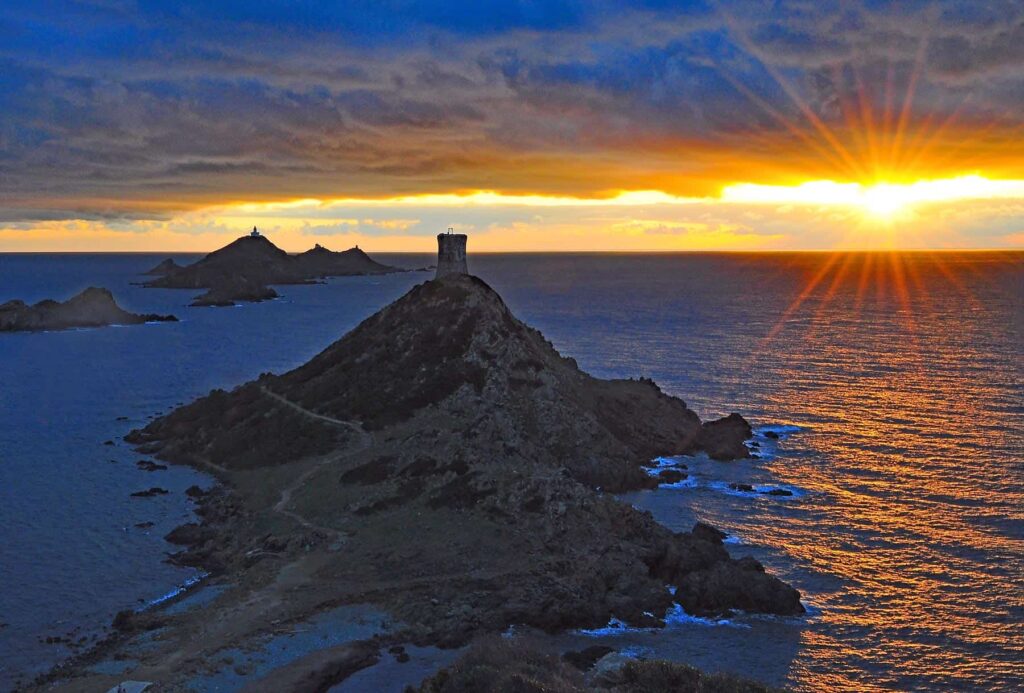
ARCHETYPAL GENOESE TOWER FOR SUNSET VIEWS
The Parata Tower, built in 1550-1551 by Giacomo Lombardo, stands on a rocky peninsula called Pointe de la Parata. It overlooks the magical Iles Sanguinaires archipelago at the entrance of the Ajaccio bay. 12 meters high with a 7.3-meter diameter at the roof platform, it includes two vaulted rooms stacked vertically, with a cistern for rainwater collection at the base.
Located near Corsica’s capital city, it is a prime location to witness vivid Mediterranean sunsets with views of the Sanguinaires islands set against the burning western horizon. The tower is easily accessible via a short, family-friendly trail, but for a supremely mesmerising experience, join a boat tour departing from Ajaccio.
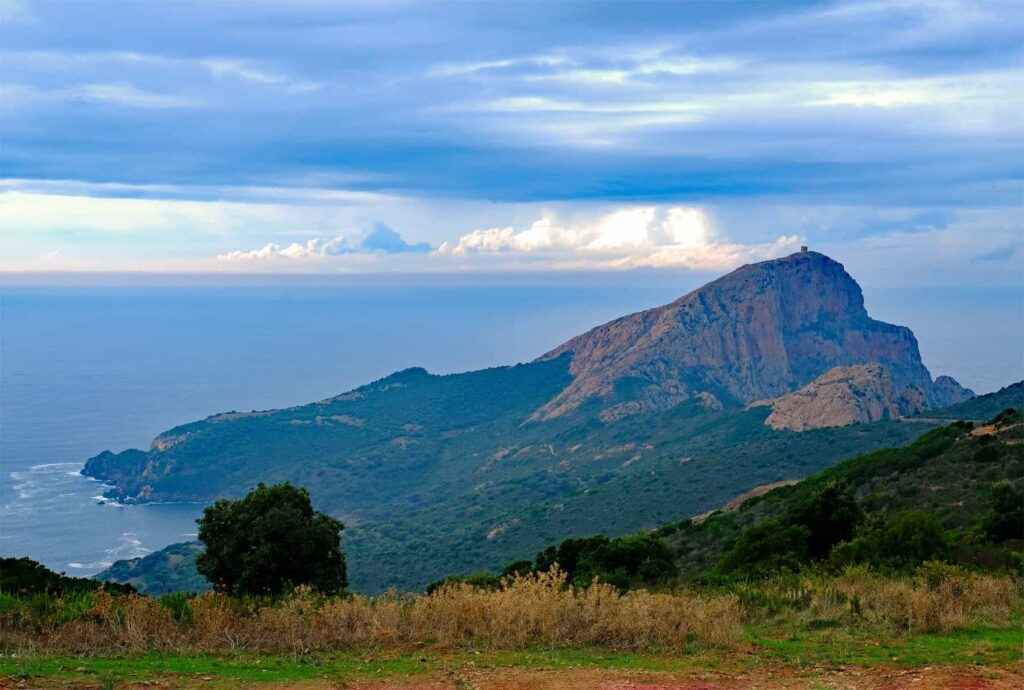
THE MOST ICONIC GENOESE TOWER
The Capo Rosso Tower, also known as Torra di Turghju, was erected in 1608 atop the celebrated 330-meter-high Capo Rosso headland. It may be reached via a superb coastal hike offering awe-inspiring views of the island’s famous west coast along the way. Seen from the sea, Capo Rosso’s pyramid-like silhouette, ornamented with the solitary fortress, is one of Corsica’s most classic landscapes, often immortalised on postcards and advertising materials promoting the region.

THE MOST HISTORICALLY PROMINENT TOWER
Tour de Mortella, constructed at the beginning of the 16th century on Corsica’s northern shore of Desert des Agriates, gained historical significance during the Wars of Independence. In 1794, it impressively resisted British naval attacks for two days, despite being manned by only a small garrison of 38 men. During the siege, the tower was cracked in half and severely damaged. Today, the ruins of Tour de Motrella may be accessed on foot or by boat.
This remarkable defence so impressed the British that they adopted its distinct design, building similar structures in southern England and Ireland to fend off the attacks of the French forces. Soon, the system became widely spread throughout the empire, with the so-called Martello towers appearing on various continents.
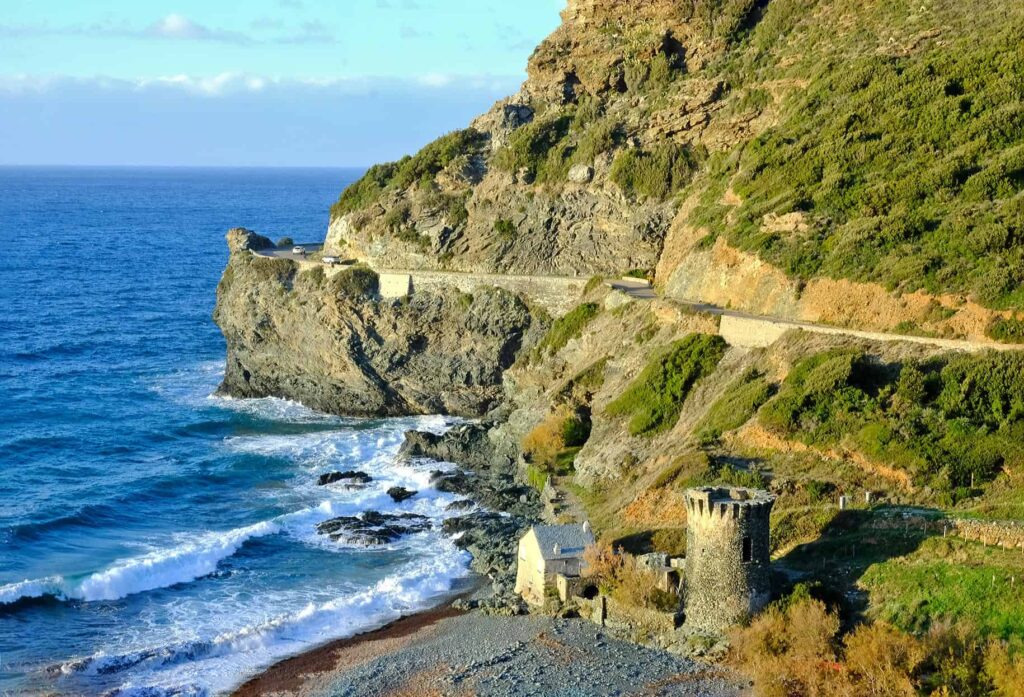
VISITING GENOESE TOWERS BY CAR
One of the best ways to discover Corsica’s fascinating Genoese landmarks is to embark on a road trip around the Cap Corse peninsula, a place boasting the highest concentration of towers on the island. With 29 structures in total, at each bend of your journey, you will encounter classic views of the famous sentinels.
Some of the towers have limited access, but others can be easily explored and admired. Watch out for Tour de Nonza (a Paoline tower built in the 18th century), Tour d’Albo, Tour de Sénèque (can be reached via a short climb), Tour de Giraglia (located on a small island off the northernmost tip), Tour d’Angello, Tour Santa Maria (accessible only via a hike), Tour de l’Osse, and Tour d’Erbalunga. The Cap Corse scenic drive brims with other exciting attractions, perfect for lovers of wild, untouched nature and authentic Corsican culture.
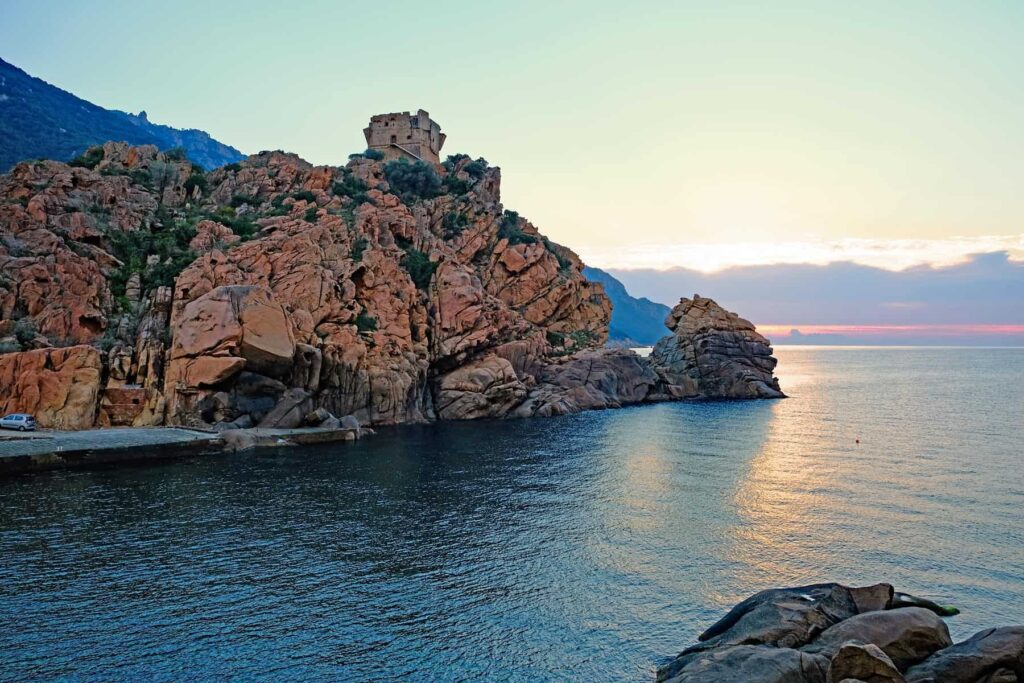
8 SCENIC WALKS TO GENOESE WATCHTOWERS
Depending on the location, many Genoese towers are accessible via scenic hiking trails. Here are a few examples of attractive walks that will let you explore Corsica’s fascinating torri while enjoying the island’s lush nature.
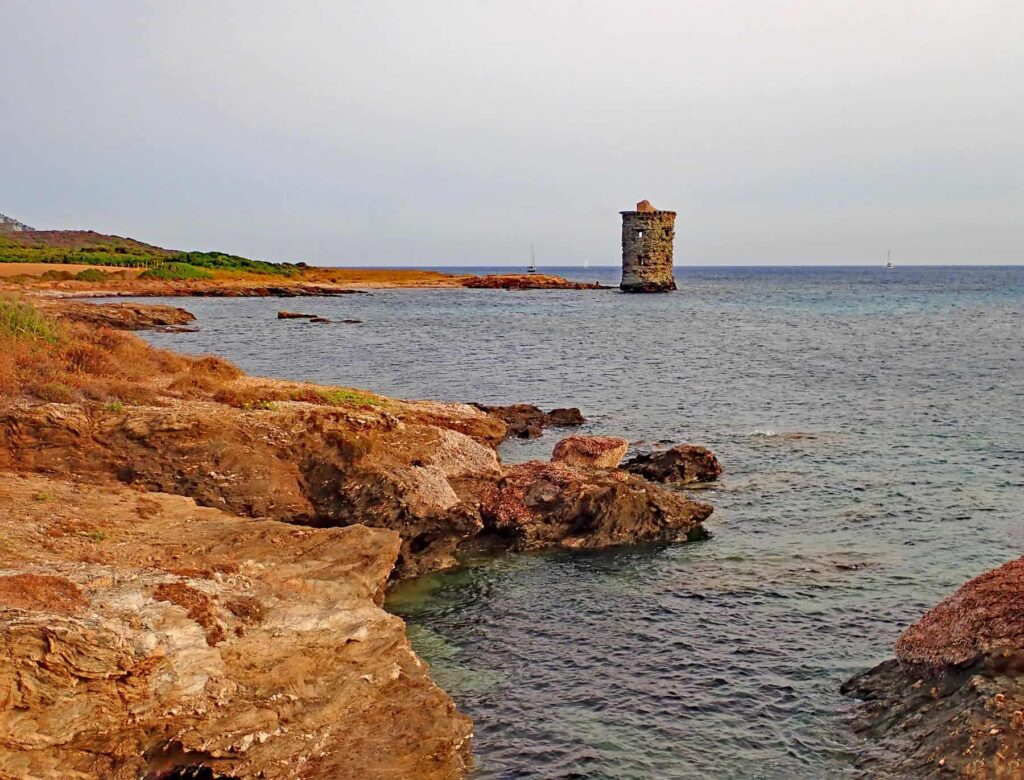
1. TOUR DE SANTA MARIA
Nature lovers visiting north Corsica will enjoy this popular coastal walk along Sentier des Douaniers (Customs Officers’ Path) on the east side of Cap Corse. Starting from the village of Macinaggio, this scenic 10 km round trip makes for a great, family-friendly half-day excursion.

2. TOUR DE SENEQUE
The ascent to Tour de Sénèque on Cap Corse is a short but invigorating hike. It covers a 2.7 km round trip with a 175-meter elevation gain. Starting at Col de Sainte Lucie, the trail winds through wooded hills before culminating in a rocky plateau with a beautiful stone tower. It’s a great spot to admire breathtaking 360-degree views of the area.

3. TOUR DE MORTELLA
The hike to Tour de Mortella from Saint-Florent follows the coastal Sentier des Douaniers trail for about 7 km and takes around 3 hours. It is a fabulous day adventure amid the Desert des Agriates’ wild scenery. If you press on along the shore, you will reach the sublime Plage de Lotu and Plage de Saleccia, from where you may book a boat transfer back to Saint Florent.

4. FORT DE GIROLATA
This captivating 4-hour round-trip hike to Fort de Girolata begins at the Col de la Croix parking area above Scandola, Corsica’s famous UNESCO site. Navigating through the island’s dramatic landscapes, you will arrive in Girolata, a postcard-perfect, solitary village accessible only on foot or by boat.
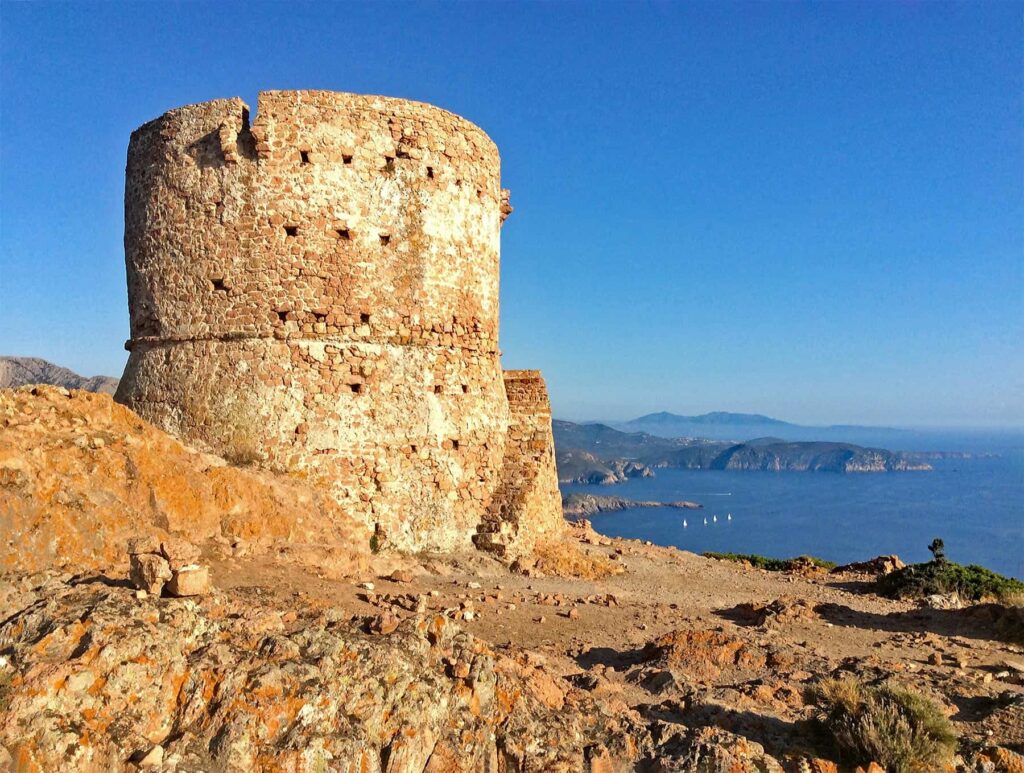
5. TORRA DI TURGHJU (TOUR DE CAPO ROSSO)
The Tour de Capo Rosso hike is one of Corsica’s most cherished attractions. A majestic tower sat atop one of Europe’s highest maritime cliffs, composed of striking pink granite, grants awe-inspiring views of the island’s west coast. This 8 km round trip is moderately challenging and offers very little shade.

6. TOUR D’OMIGNA
An enjoyable Tour d’Omigna coastal trail near Cargèse starts behind Plage de Peru, winding along the picturesque shoreline to a 12-meter-tall Genoese tower. This easy 3-hour round trip will reward hikers with panoramic vistas stretching from Capo Rosso to Iles Sanguinaires.
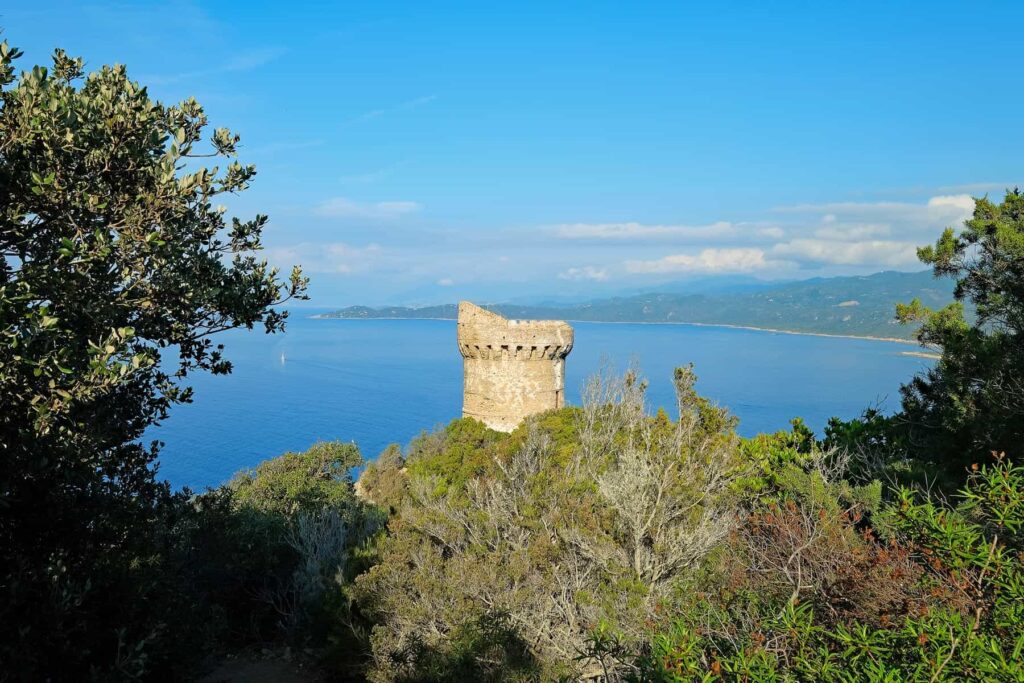
7. TOUR DE CAPO DI MURO
The Tour de Capo di Muro trek is part of a larger 9-kilometre loop trail on Corsica’s west coast, offering breathtaking views of the Gulf of Ajaccio and the Gulf of Valinco. Immersed in the island’s wild Mediterranean scrub, the path winds to a 16th-century Genoese watchtower, later descending the dramatic boulder-strewn coast and a lone chapel devoted to the Virgin Mary. With 300 meters of cumulative elevation gain, the hike is considered moderate, taking up to 4 hours to complete.
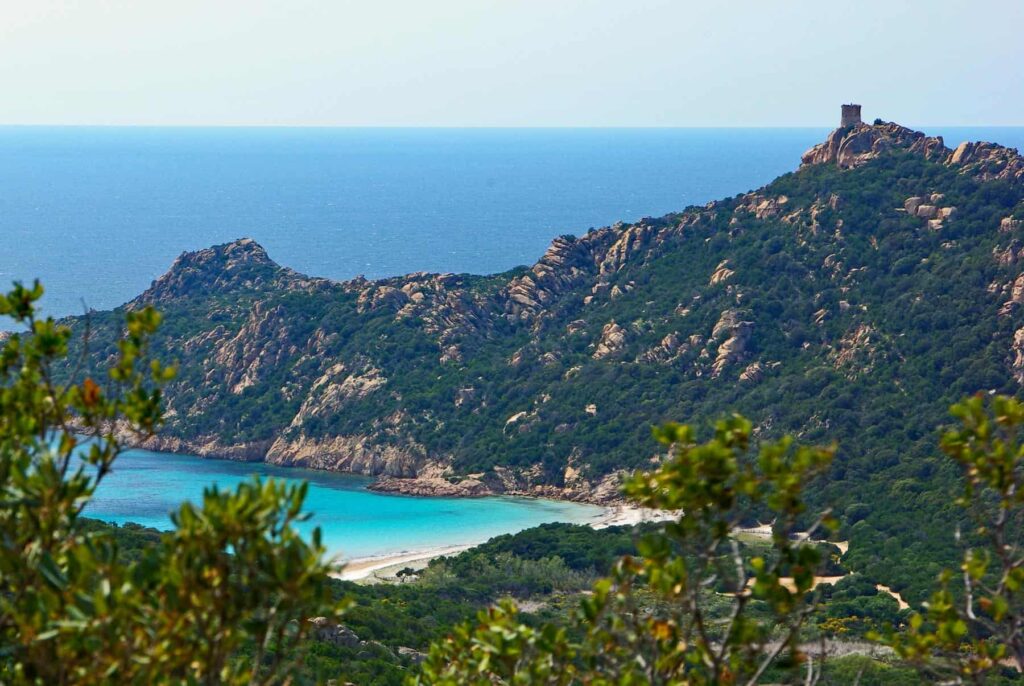
8. TOUR DE ROCCAPINA
Perched on a pink rocky outcrop dominating Roccapina, one of Corsica’s most beautiful beaches, the ochre-hued torri may be accessed via a stony piste departing from the cove’s north side. The steep ascent takes around 30 minutes, meandering through perfumed Corsican maquis. From the top, you can admire some of the island’s most evocative seascapes and the famous Lion rock guarding Caribbean-style turquoise bays.
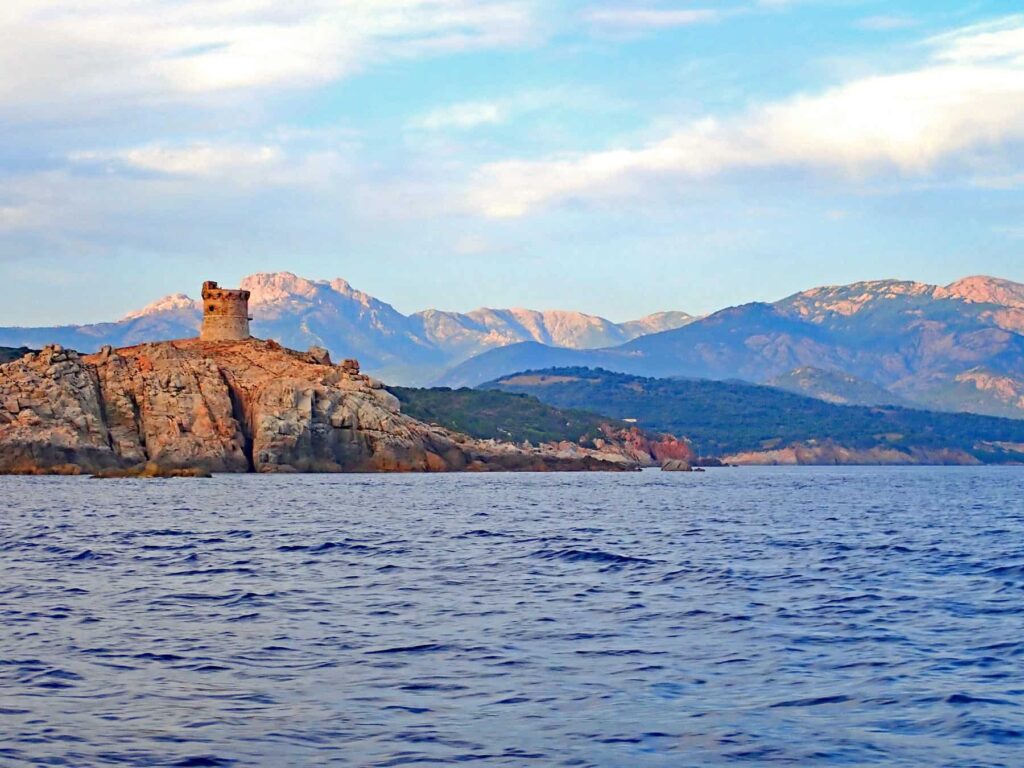
VIEW GENOESE TOWERS BY BOAT
PARATA TOWER
- Sunset boat trip to Iles Sanguinaires with wine tasting and a snack. Enjoy a 3-hour sea adventure to Iles Sanguinaires from Ajaccio at sunset with a stop for swimming. Indulge in local wines and Corsican gastronomic specialities.
- Comprehensive sunset cruise to Iles Sanguinaires with an appetiser. Discover the Sanguinaires Islands on a popular 4-hour sunset cruise. Enjoy wine tasting, live music, and Corsican dishes aboard a comfortable vessel with a backdrop of a vivid Mediterranean sunset.
- Day or Afternoon boat trip to Iles Sanguinaires with a stopover on the island. Join a morning or an afternoon 3-hour sea excursion to the Sanguinaires archipelago with a stopover on the biggest island. Swim or explore the local attractions.
PORTO, GIROLATA, AND CAPO ROSSO TOWERS
- Calanches de Piana, Scandola and Girolata boat tour from Porto. A 3-hour-long exciting excursion to the landmarks of the northwest coast of Corsica. A small semi-rigid allows you to enter caves and navigate close to the cliffs.
- Capo Rosso, Calanches de Piana and Scandola boat tour from Porto. A 3-hour-long trip on a family-friendly boat to the Scandola Reserve and Calanches de Piana. During your excursion, you will enjoy a swimming break. Snorkelling gear is provided, and the vessel is adapted for children.
- Capo Rosso, Scandola and Girolata boat trip from Ajaccio. A 9-hour-long speedboat adventure to the coastal site of Scandola. The tour includes several swimming breaks, a stopover in Girolata and an aperitif.
- Capo Rosso, Scandola Reserve, and Girolata boat tour with an appetiser from Ajaccio. A full-day tour to Capo Rosso and Scandola with a stopover in Girolata. During your trip, you will also enjoy a swimming break and a light snack of local produce and wine.
- Boat trip to Scandola Nature Reserve with a swimming break from Ile Rousse. A 4.5-hour-long sea adventure to the reserve of Scandola. Aboard the 12-person semi-rigid, you will enjoy local music and benefit from a swimming break in the Mediterranean waters.
- Scandola, Girolata and Calanches de Piana boat tour from Calvi. A scenic 4-hour trip to the most iconic landscapes in Corsica. You will explore the fascinating rocky chaos of Scandola, visit the picturesque village of Girolata, and admire the red-coloured cliffs of the Calanches.
- Discovery tour to Capo Rosso, Scandola, Calanques de Piana, and Girolata from Cargèse. A friendly 6-hour-long cruise to Scandola aboard a medium-sized boat with experienced and attentive sailors. You will enjoy a 2-hour break in the picturesque village of Girolata.
ROCCAPINA TOWER
- Boat tour to south Corsica’s beaches and Bonifacio from Porticcio/Ajaccio. Discover south Corsica’s emblematic destinations- sublime beaches, including Roccapina, Lavezzi Islands, and the clifftop town of Bonifacio. This popular day-long adventure includes an aperitif comprising local rosé wine and artisanal charcuterie.
MORTELLA TOWER
- Sailing cruise to the beaches of the Agriates from Saint Florent. Relax under sails gliding over sparkling waves of the sea. At each stop of your trip, you will have an opportunity to snorkel in the transparent waters of the Mediterranean lapping the shores of the Agriates.
- Luxury catamaran trip from Saint Florent. Enjoy a sea adventure touring the sublime Agriates coast aboard a deluxe catamaran. Snorkel in the turquoise sea waters and sunbathe, sipping the delicious cocktails from the bar. Choose a day trip or a half-day excursion.
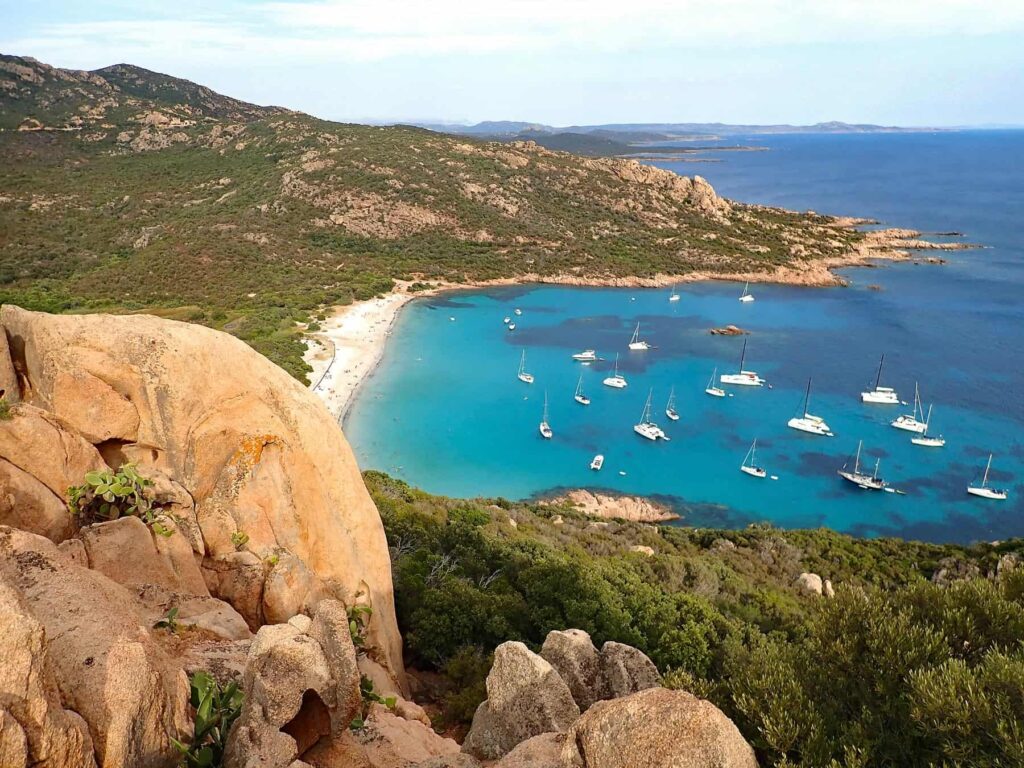
YOU MAY ALSO LIKE
- Iconic coastal drive around Cap Corse
- Calanches de Piana – explore Corsica’s coastal paradise
- Discover Desert des Agriates and its paradisiacal beaches
- Scandola Nature Reserve – explore Corsica’s natural treasure
- Visit the magical Iles Sanguinaires archipelago near Ajaccio
- 7 Magical waterfalls in Corsica every nature lover should see
- 30 Summer fairs, festivals and events in Corsica
- Panoramic hike to the Capu Rossu summit
- Top 7 easy hikes in Corsica – outdoor adventures
- What to see and do in Saint Florent – chic Corsican getaway
- Porto, Piana, and Cargese – crown jewels of Corsica’s dramatic west coast
- Capo di Muro trail – explore Corsica’s vivid coastal wilderness
- Roccapina – beach lovers’ dream
TRAVELLER’S COMPANION FOR A TRIP TO CORSICA – GRAB YOUR EBOOK!
33 Natural Pools and Waterfalls in Corsica
Descriptions – Directions – Coordinates
PLANNING A TRIP TO CORSICA? CHECK OUT THESE RESOURCES!

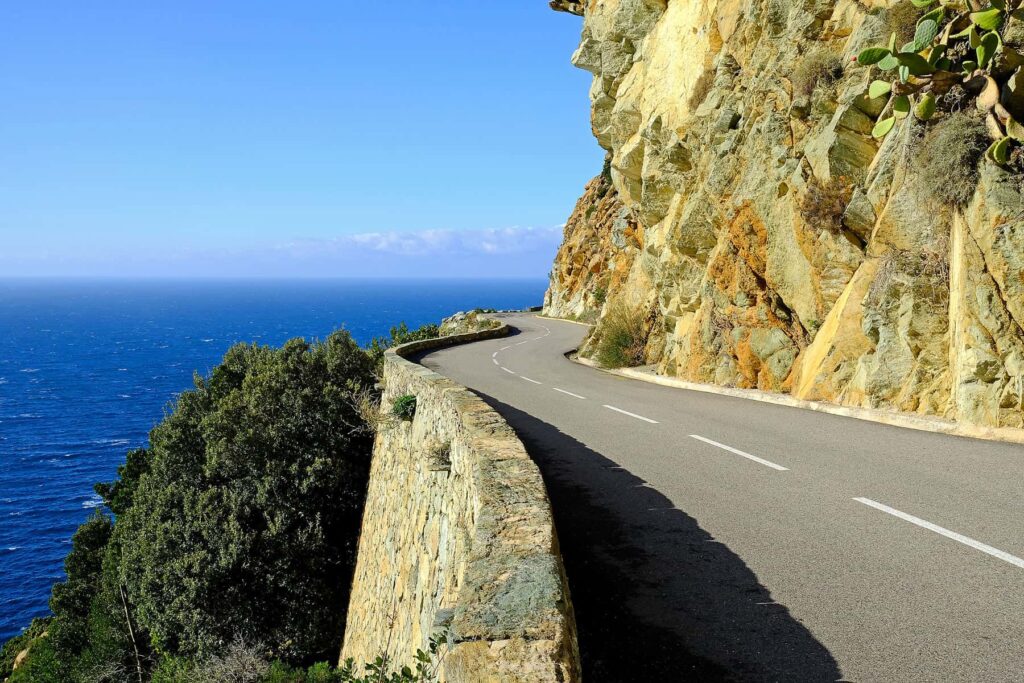
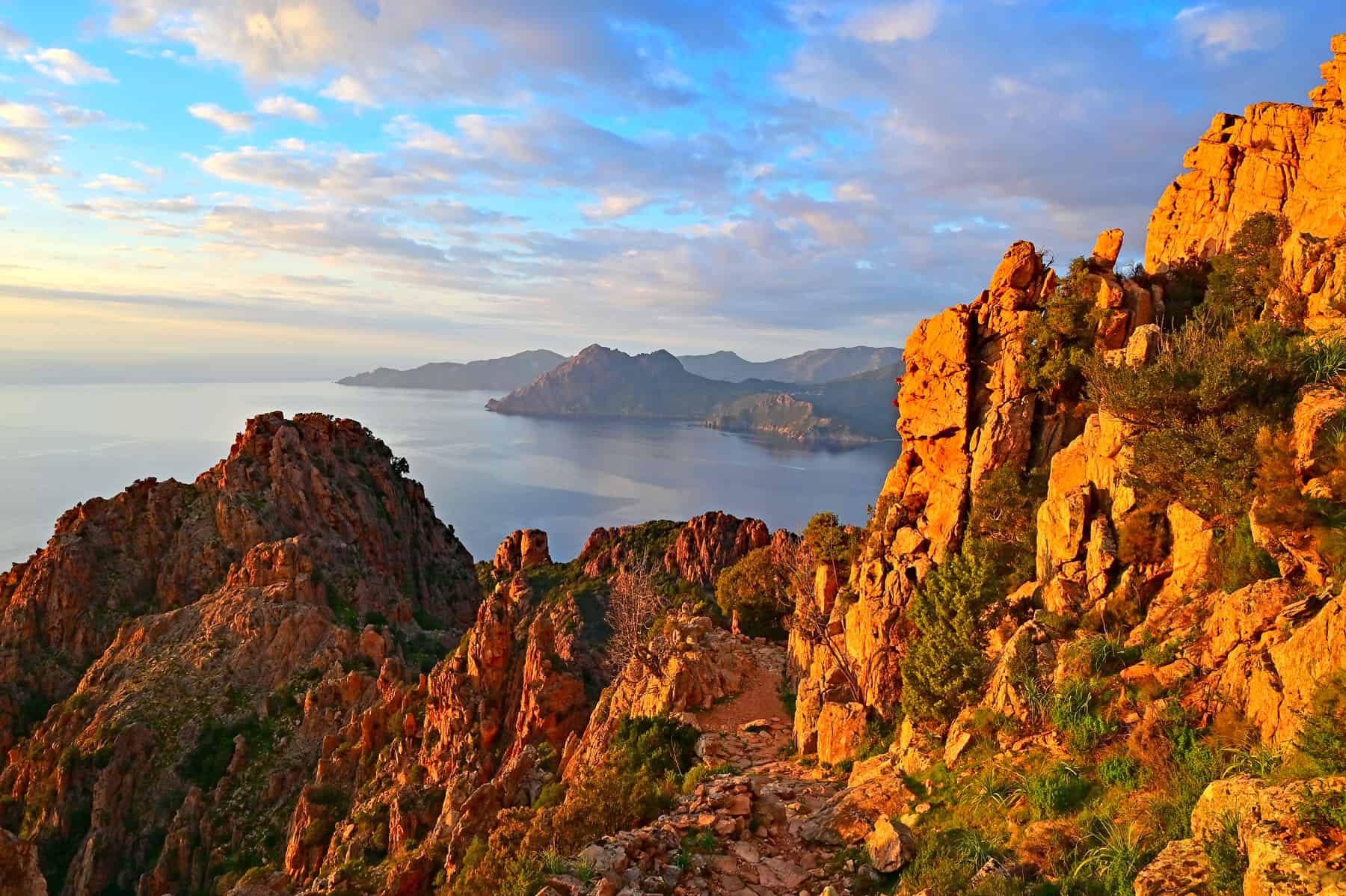
Liability Disclaimer
All outdoor activities are carried out at your own risk. Always plan ahead and be cautious when preparing for your hikes. The author of this blog cannot be held responsible in the event of an accident, death, loss, personal injury, or any other inconvenience or damage that may be sustained by anyone as a result of the use of any information contained on this website.

